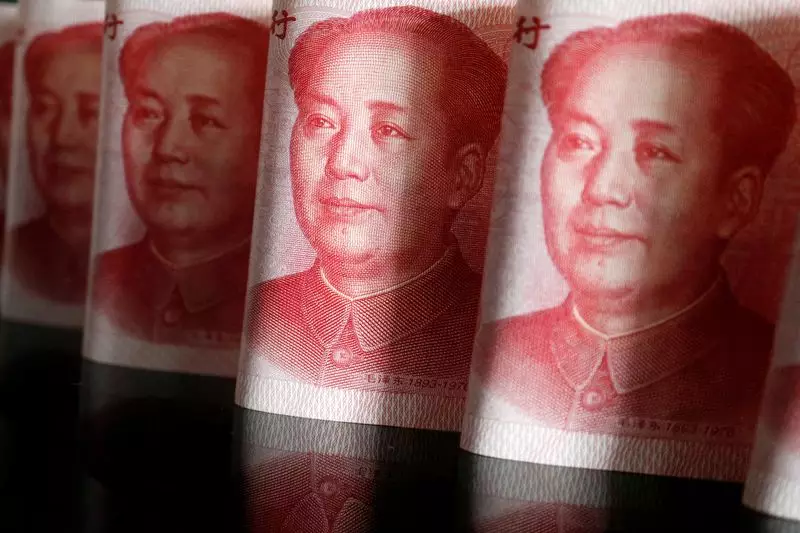China finds itself at a crucial juncture, grappling with significant economic hurdles, including deflationary pressures and sluggish growth. In response, the Chinese government has outlined plans to introduce special sovereign bonds worth approximately 2 trillion yuan ($284.43 billion) this year. This move is part of a broader fiscal stimulus strategy aimed at revitalizing the economy amidst ongoing concerns over its post-COVID recovery trajectory. The approach aims not only to stimulate consumption but also to assist local governments struggling under a heavy debt load.
Central to this financial strategy is the issuance of 1 trillion yuan in special sovereign debt. The Ministry of Finance (MOF) will primarily utilize these funds to invigorate consumer spending, a crucial factor in driving economic growth. Insufficient household consumption, currently estimated at less than 40% of GDP, poses a significant challenge—20 percentage points below the global average. By channeling funds toward initiatives like subsidies for renewing consumer goods and upgrading business equipment, the government aims to catalyze spending at both household and enterprise levels.
Additionally, families with two or more children will receive a monthly allowance of around 800 yuan ($114) for each child, excluding the firstborn. This targeted financial support is intended to alleviate the financial burden on families, thereby encouraging higher consumption levels and fostering economic recovery.
Simultaneously, the government plans to raise an additional 1 trillion yuan through another tranche of special sovereign bonds, specifically to assist local governments in addressing their mounting debt issues. Local authorities are presently grappling with an astronomical $13 trillion in debt, a situation exacerbated by diminishing returns on investment. This initiative indicates a recognition of the intertwined fates of national economic health and local government fiscal stability.
The Politburo meeting, which set the tone for this stimulus package, emphasized the commitment to achieving a modest growth target of around 5% for the year 2024. This growth target reflects both the ambitions of Chinese leadership and the urgent need to stabilize the housing market, which has faced significant downturns recently.
Interestingly, the government’s proposed fiscal measures emerge on the heels of broader monetary stimulus efforts announced by the central bank. This previous initiative included liquidity injections and reduced borrowing costs aimed at bolstering market confidence. However, the expectation from economists and market analysts is that these monetary measures require accompanying fiscal action to be fully effective.
As such, the current fiscal expansion manifests as a strategy not just to counter deflation but also to complement the monetary policies. By increasing government investment and ensuring necessary fiscal spending, Chinese leaders hope to reverse the economic malaise that has gripped the nation. Upcoming measures are anticipated soon, indicating a proactive element in the government’s approach.
In addition to household consumption initiatives, the government also intends to ramp up financial assistance for small and medium-sized enterprises (SMEs). These businesses are critical drivers of employment and innovation, yet they often face unique challenges that hinder their growth potential. The planned measures include employment subsidies and tax relief aimed at reducing operating costs, which could provide a much-needed lifeline for many SMEs.
The approach aligns with the broader strategy of fostering a more resilient and diversified economic landscape, one where diverse sectors contribute to growth rather than being heavily reliant on a particular industry or investment-driven model.
As China navigates these turbulent economic waters, a multi-faceted strategy emerges—one that combines fiscal stimulation, monetary measures, and targeted support for both households and enterprises. While the immediate goal is to counter deflation and stimulate consumer confidence, the longer-term vision likely encompasses a more balanced and sustainable economic model.
Economists, including those from Morgan Stanley, note that these recent measures reflect a serious acknowledgment of deflation and the ongoing economic challenges. As China maneuvers through its current predicaments, the effectiveness of these strategies will ultimately depend on the execution and adaptability of the governmental responses in a rapidly evolving economic landscape.

